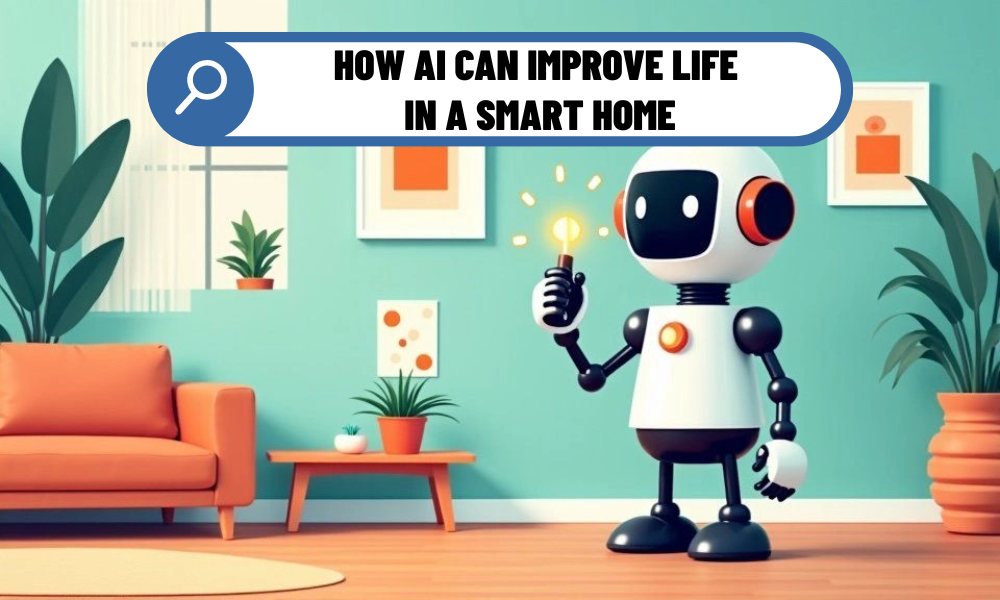The rise of generative AI has sparked a revolution in how we envision our living spaces. A generative AI smart home is more than a collection of connected devices—it’s an ecosystem that learns, adapts, and creates personalized experiences. By harnessing the power of advanced artificial intelligence, these homes are setting new standards for convenience, security, and sustainability, offering a vision of the future that’s already within reach.
Contents
The Core of Generative AI in Smart Homes
At its core, a generative AI smart home uses cutting-edge algorithms to process and interpret data in real time. Unlike traditional smart systems that follow fixed instructions, generative AI can generate new responses based on evolving patterns. For example, it might notice that you tend to lower the thermostat when guests arrive and automatically adjust the temperature for future gatherings. This ability to “think” and create solutions makes the generative AI smart home a dynamic partner in daily life.
This technology also excels at integration. It seamlessly connects devices—lights, thermostats, cameras, and appliances—into a cohesive system. By analyzing data from all these sources, generative AI ensures that every action is purposeful, whether it’s turning off unused lights or alerting you to a package delivery.
Transforming Convenience into Personalization
The hallmark of a generative AI smart home is its ability to personalize. Rather than requiring you to program every detail, the system learns from your behavior. If you enjoy bright lighting while working but prefer a softer glow during dinner, the AI will adjust accordingly without you lifting a finger. It can even anticipate needs you might not have considered, like preheating the oven when you start preparing ingredients for a meal.
This level of personalization extends to entertainment and communication. A generative AI smart home can curate playlists based on your mood, recommend shows tailored to your tastes, or even adjust the tone of its voice assistant to match your preferences. The result is a home that feels uniquely yours, designed to enhance every moment.

Strengthening Security Through Intelligence
Security is a top priority for any homeowner, and generative AI smart homes take it to the next level. These systems don’t just monitor—they analyze and act. By studying patterns, such as the typical times you’re home or the faces of frequent visitors, the AI can identify anomalies and respond proactively. For instance, if it detects an unfamiliar presence at night, it might lock the doors, activate outdoor lights, and send you a real-time alert.
Beyond physical security, generative AI also protects your digital environment. It can detect potential cyber threats, such as unauthorized attempts to access your network, and take steps to secure your data. This intelligent approach ensures that your generative AI smart home is a safe haven in every sense.
A Step Toward a Smarter, Greener World
Sustainability is a key advantage of generative AI smart homes. These systems optimize energy usage by learning your habits and aligning them with efficiency goals. For example, the AI might notice that you rarely use certain rooms during the day and reduce power to those areas. It can also integrate with smart grids to take advantage of lower energy rates or prioritize renewable sources.
By empowering homeowners with data-driven insights, generative AI encourages eco-conscious decisions. You might receive suggestions to adjust your thermostat settings or invest in energy-efficient appliances, all tailored to your specific usage patterns. This not only benefits your wallet but also supports global efforts to combat climate change.
Embracing the Generative AI Smart Home Revolution
The generative AI smart home is more than a trend—it’s a transformative force that’s redefining how we live. By blending intelligence, personalization, and sustainability, it offers a glimpse into a future where homes are not just places to live but active contributors to our well-being. As this technology continues to evolve, it will unlock new possibilities, making our living spaces smarter, safer, and more connected than ever before.



